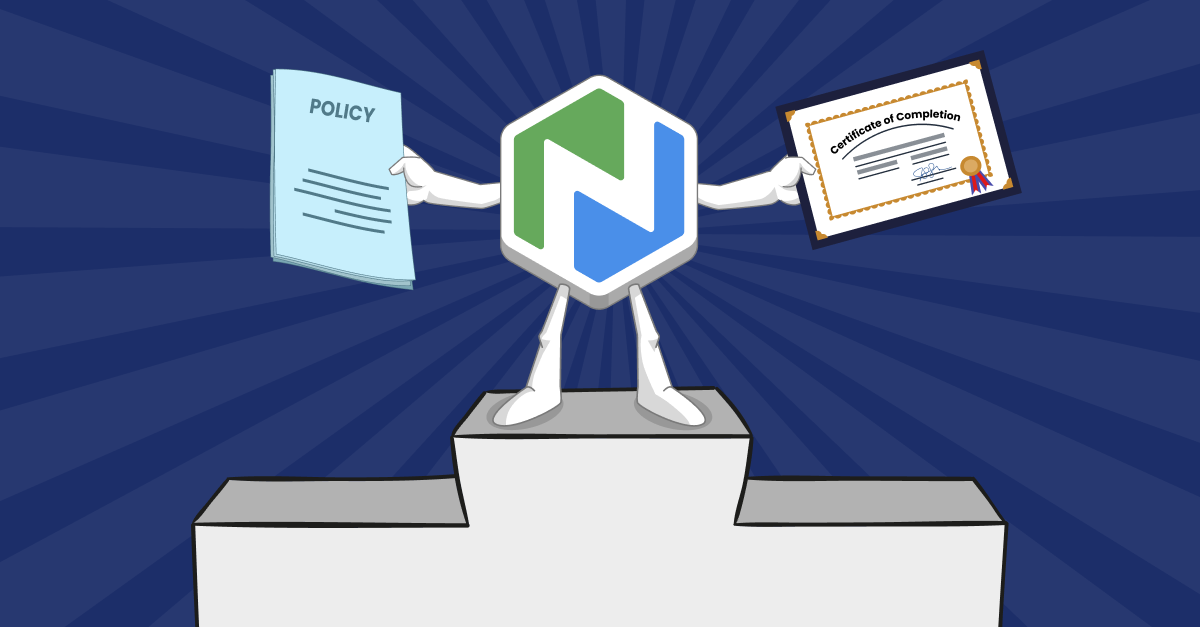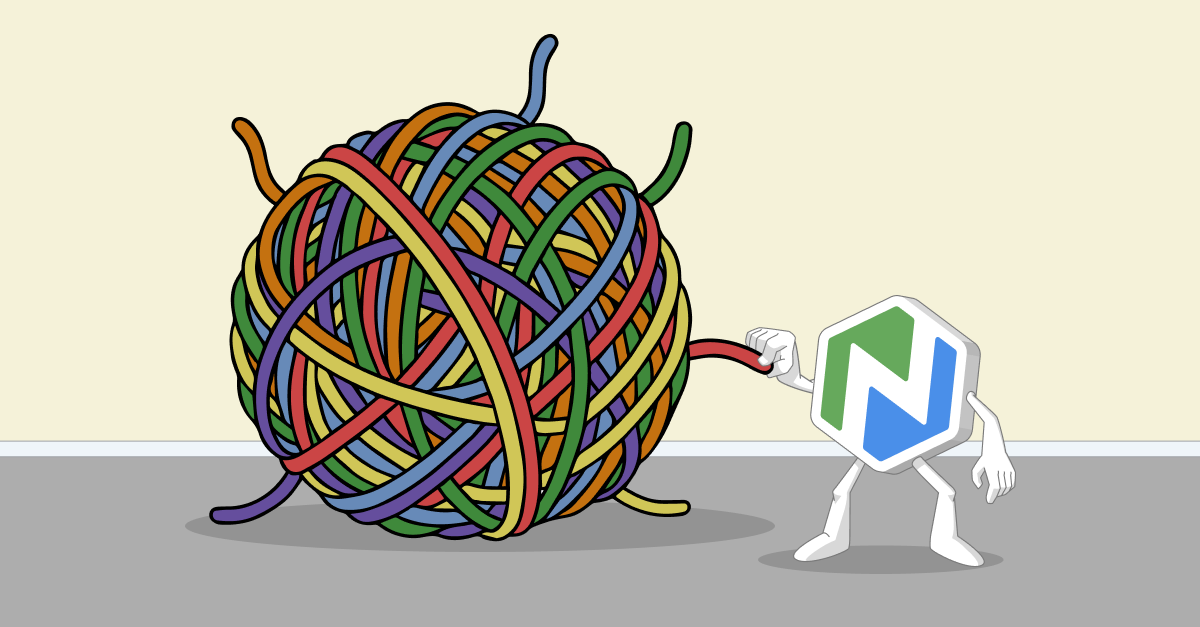Making Diversity, Equity, and Inclusion Training Stick
Learn four important tips to make diversity, equity, and inclusion training stick and make your DEI initiatives more effective.

Before I joined Niche Academy, part of my job involved coordinating diversity efforts at my organization. I liked and cared about the work, but I’m not sure I was particularly effective. My efforts fell short of my expectations—partly because I didn’t have the training to make the impact I wanted, and partly because the organization struggled to prioritize diversity among all their other responsibilities, even though they meant well. I think both circumstances are pretty typical.
Diversity, equity, and inclusion initiatives have exploded in the years since I left that job. The racial reckoning and social justice movements of the summer of 2020 galvanized DEI work—or at least got more people talking about it. But these changes don’t mean DEI initiatives have gotten any more effective. Many of us committed to the work still struggle with the best way to make systemic, lasting impacts. Others see DEI as a distraction at best and indoctrination at worst. And organizations, built to sustain themselves, usually don’t want to radically rethink business as usual.
Diversity training is complicated. Even highly committed people can get it wrong, and some people argue that bad training is worse than no training at all. So, what can you do? If you commit to DEI training, a few things can increase the likelihood it will stick.
DEI Training Tips
Make training constant and consistent. One-and-done training initiatives give the impression that your organization sees diversity as something to check off a to-do list, not worth an ongoing investment.
Constant and consistent training helps normalize DEI as part of what your company does—all the time. And while daylong workshops are a popular model, online training lets people work through complicated or sensitive topics at their own pace, and return to information as needed. Then, group meetings can reinforce learning and help shift your workplace culture.
Get leadership involved and invested. I once sat in a DEI meeting that threatened to go off the rails. Disagreements over anti-racist language were going nowhere when the team leader spoke up. “This isn’t really up for debate,” he said. “Members of our community deal with racism, which means we have a responsibility to address it.”
That kind of top-level support goes a long way. When people in power speak up, they set—or reinforce—company values. Strong support from management shows employees that DEI is taken seriously. And, if employees see leaders learning new concepts, practicing new skills, and having hard conversations, they may be more likely to do the same.
Focus on actions and behaviors. When I was doing diversity coordination, I really, really wanted to change hearts and minds. It was important to me that people believe in this work and understand how equity and justice make things better for everyone. Then I attended a workshop led by a woman of color responsible for diversity initiatives at her university. She said, “I don’t actually care what you think or believe. I’m not in the business of trying to change your mind. But if you work for my office, I will expect a certain standard of behavior.” It’s a perspective other researchers and consultants share. In an opinion piece in the “New York Times” (Jan 17, 2023) on whether DEI initiatives cause more harm than good, the expert recommendation was simple: “Focus on actions and behaviors rather than hearts and minds.”
You won’t always convince people of the benefits of diversity, equity, and inclusion. But you can set standards and give employees the tools to meet them. Focusing on actions and behaviors also helps people who are sincerely interested in DEI but aren’t sure where to start. For example, training in unconscious bias is a lot more effective if, instead of just identifying it, you offer people tools to address it in the workplace.
Integrate DEI across the organization. The same opinion piece cited above was blunt: “A true commitment to DEI does not lend itself to easy solutions.” Training is great, but it will only get you so far. If policies—including unwritten policies or “the way things are done”—don’t change, DEI initiatives won’t stick.
Suppose your organization invests in mandatory unconscious bias training, but management doesn’t address bias in recruiting, hiring, and promotion. The message is clear—you’re willing to talk the talk but not walk the walk. And, when they realize you’re engaged in performative diversity, good employees may walk out the door.
When you bring in diversity training, be ready to implement what you learn across the organization. Commit to revisiting, revising, or completely rewriting policies and procedures. Take a hard look at staff demographics and see whether you have diverse teams—and if not, commit to making improvements. And instead of a one-size-fits-all model, use a variety of approaches to integrate diversity fully.
Invest in Impactful DEI
Diversity, equity, and inclusion training is real work. It’s complicated, can be controversial, and is often done wrong. But it doesn’t have to be. Niche Academy can help you implement consistent, outcome-based training for everyone—from senior leaders to interns.
We’ve devoted hundreds of hours to researching and developing a suite of DEI tutorials covering everything from basic vocabulary to interpersonal relationships. Each tutorial focuses on a separate topic and helps teach actions and behaviors that you can integrate into daily work—and your workplace culture.
Start a free trial to see the range of topics we offer. We’ll help you take the needed steps to implement quality, consistent training to move DEI forward.

.png)
.png)

.png)
.png)
.png)

.png)
.png)

.png)
